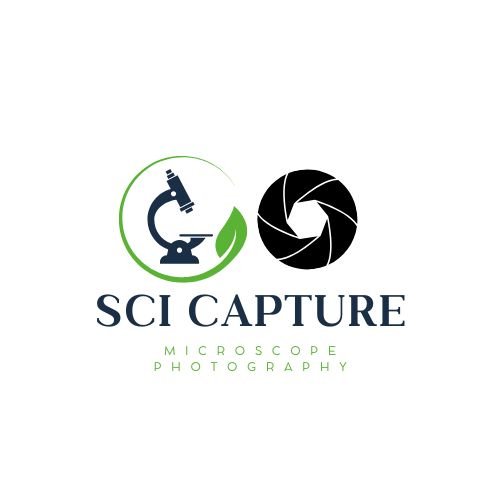Author: SciCapture
-
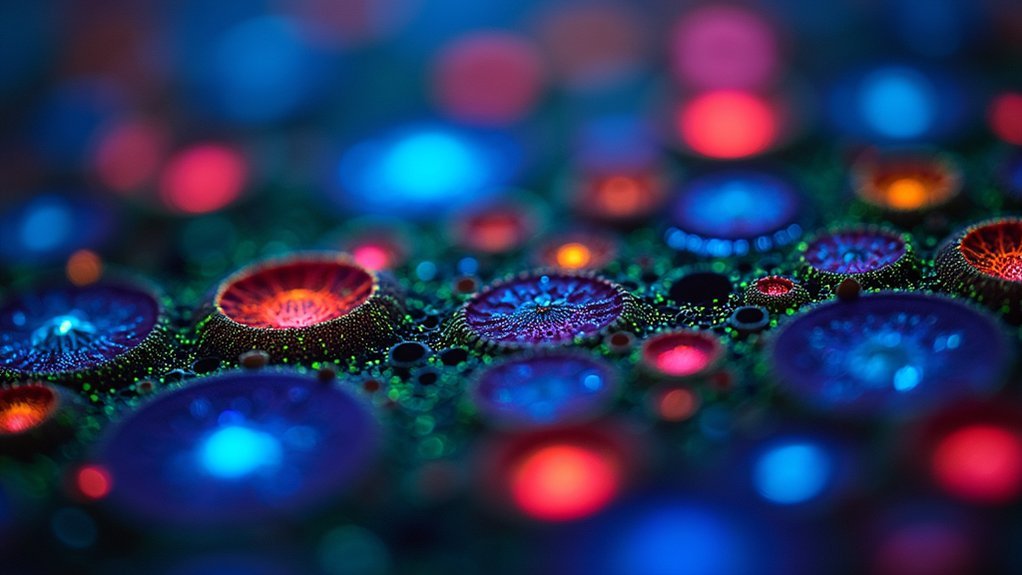
Optimize Fluorescence Microscope Camera Settings For Better Images
Perfect your fluorescence microscope images with these essential camera adjustments that most researchers overlook.
-
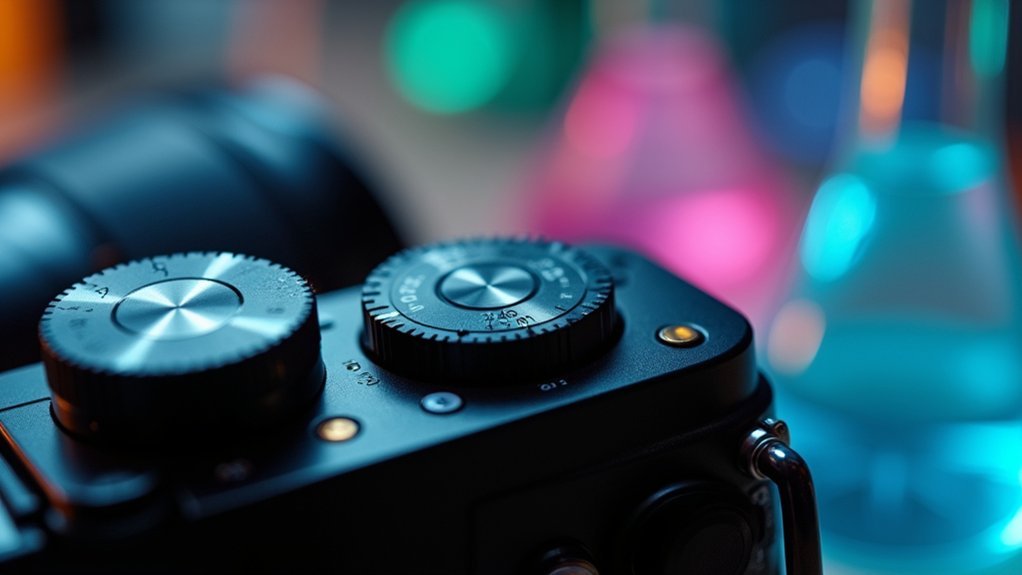
Calculate Camera Exposure Times for Scientific Photography
Accurately determine ideal camera settings for scientific imaging while preserving crucial data integrity—but what about those challenging low-light specimens?
-
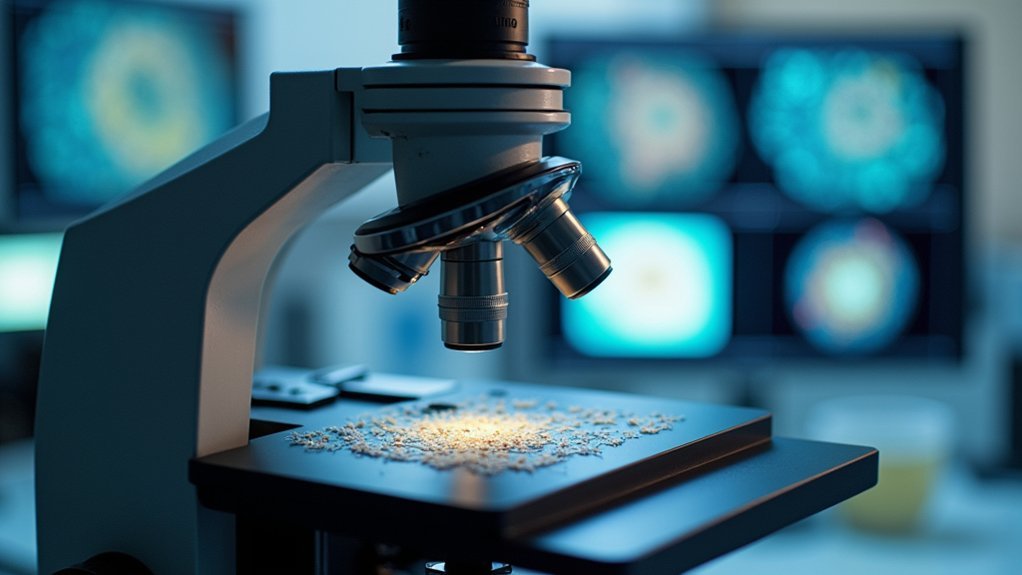
How To Bracket Exposures in Microscope Photography
Stunning microscope photos require perfect exposure, but how can you capture details in both dark and bright specimen areas simultaneously?
-
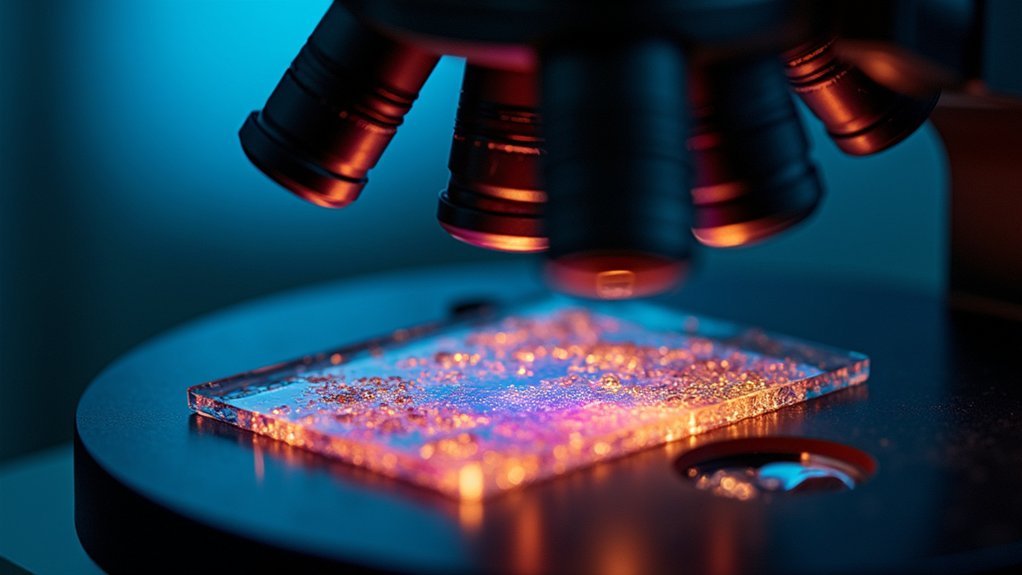
Why Is Exposure Compensation Crucial In Microscope Photography?
When capturing scientific specimens under the microscope, exposure compensation prevents detail loss in high-contrast samples that automatic settings can’t handle properly.
-
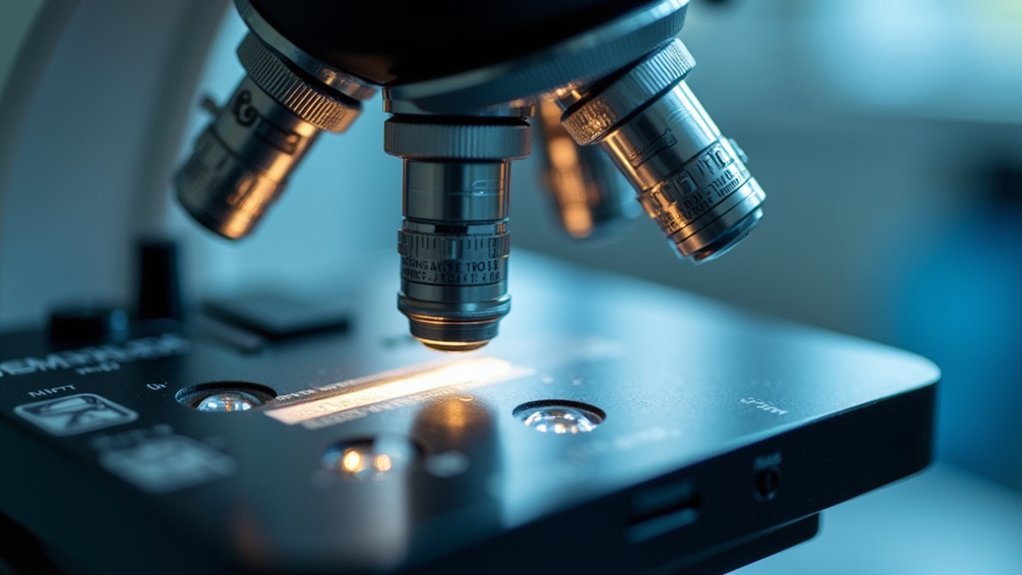
Optimal Camera Settings for Clear Scientific Imaging
Precise camera settings transform scientific specimens from mere objects to publication-worthy visuals, but which adjustments matter most?
-
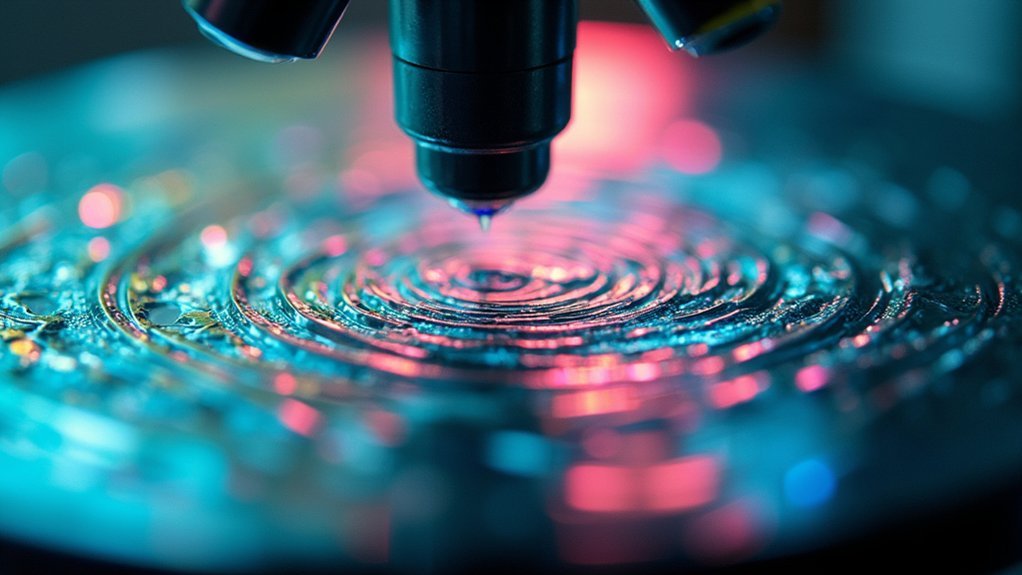
Why Is Your Microscope Light Showing Strange Patterns?
Köhler illumination issues might be causing those odd microscope light patterns, but other surprising culprits could be sabotaging your perfect specimens.
-
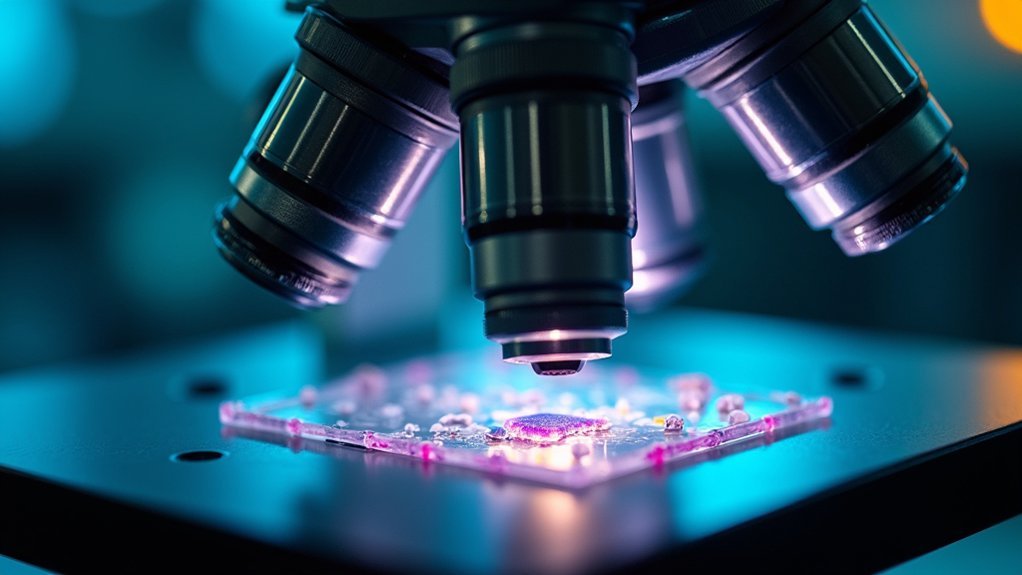
Control Microscope Light for Better Sample Photos
Brilliant lighting techniques transform microscope photography, but mastering illumination control requires understanding these essential adjustments.
-
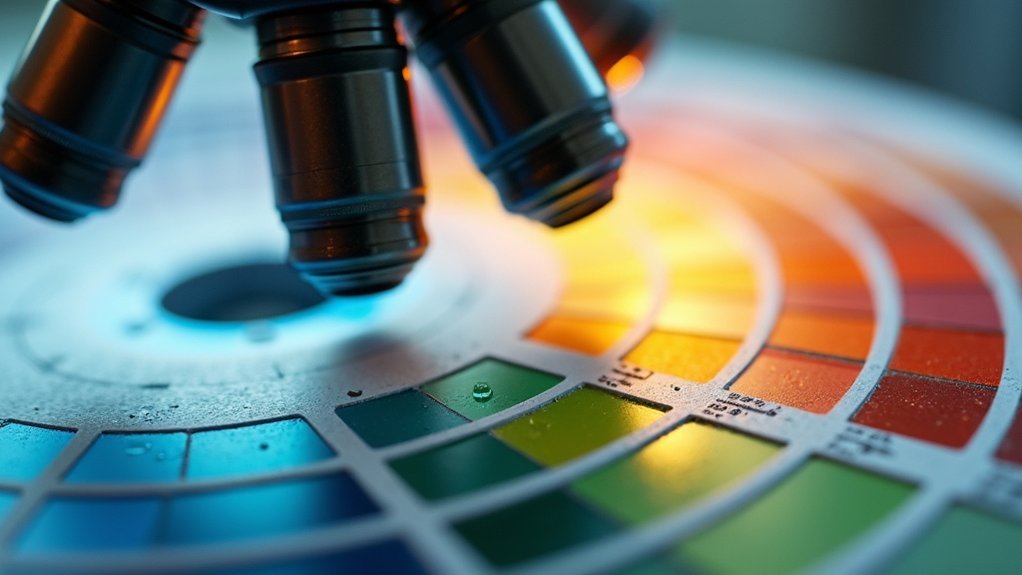
Color Temperature Guide for Better Microscope Photography
True microscope photography reveals hidden specimen details, but only when you master the critical color temperature settings that most photographers overlook.
-
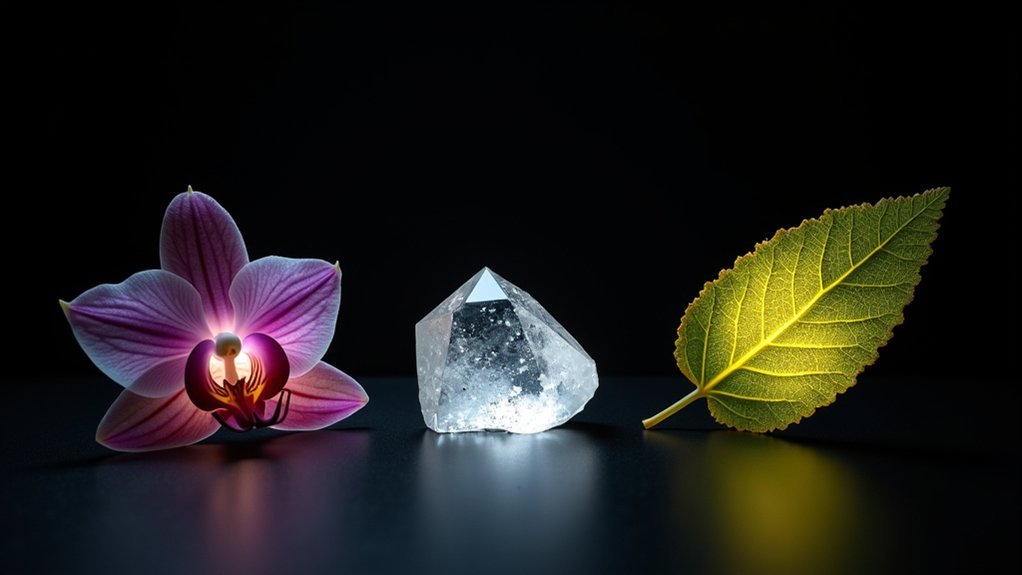
3 EPI Lighting Patterns For Stunning Specimen Photography
Only these three EPI lighting techniques can transform ordinary specimens into extraordinary photographic masterpieces, but which one works best?
-
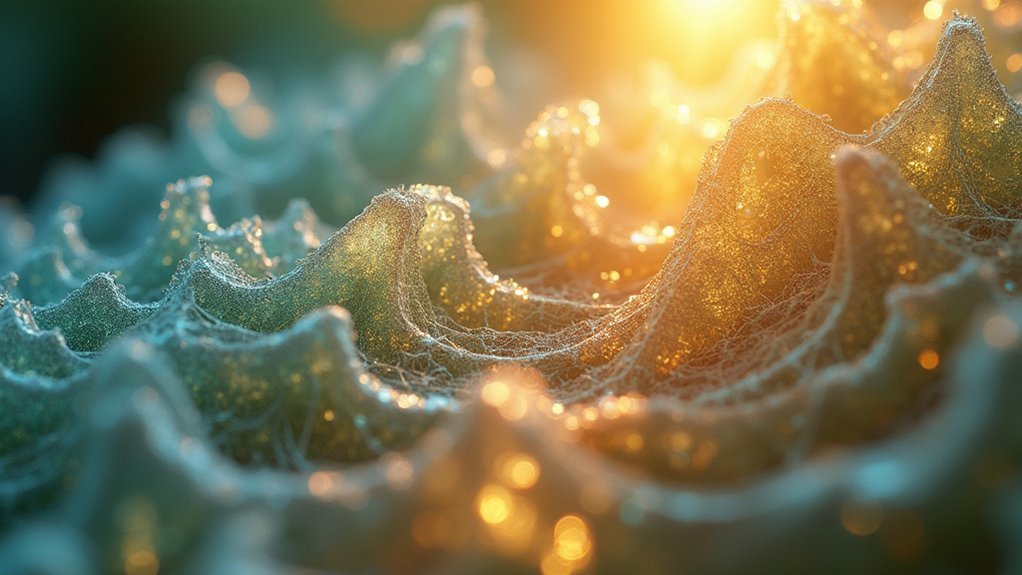
Lighting Thin Sections: Best Angles and Patterns
Microscope illumination angles dramatically affect thin section clarity, but which technique truly reveals hidden microstructures?
